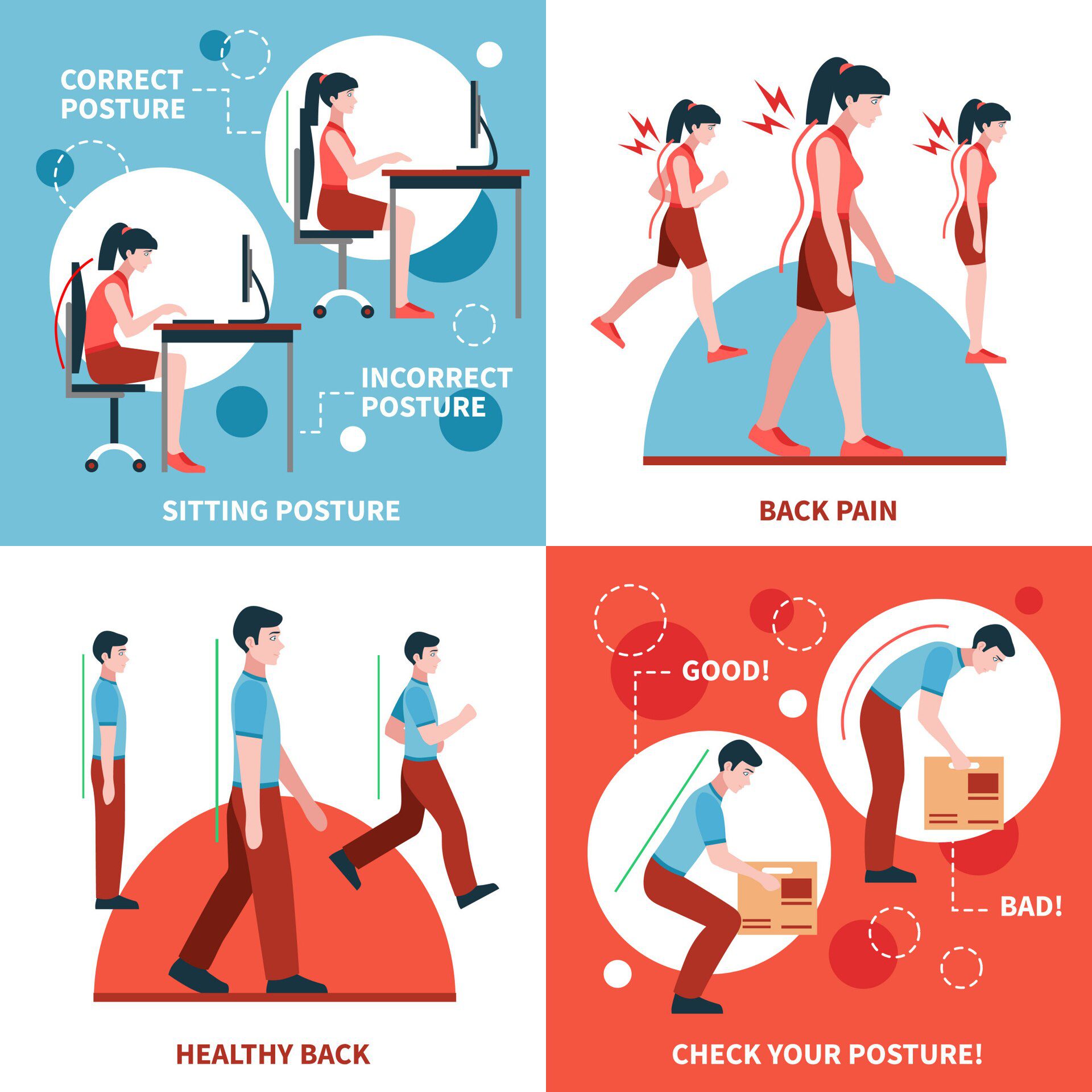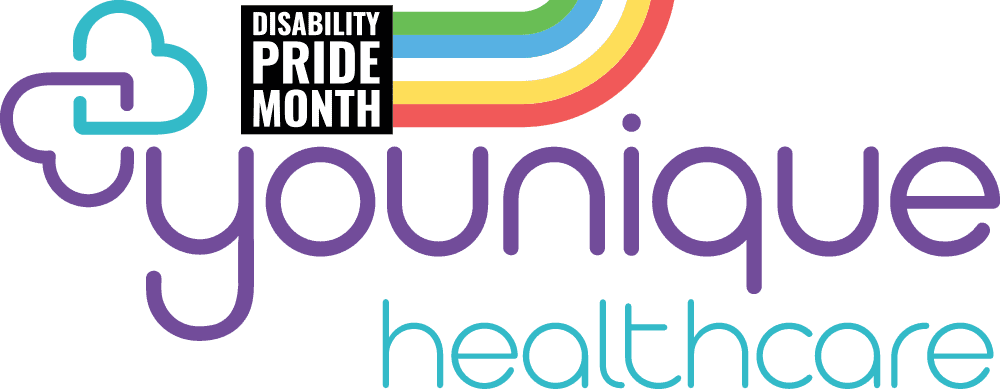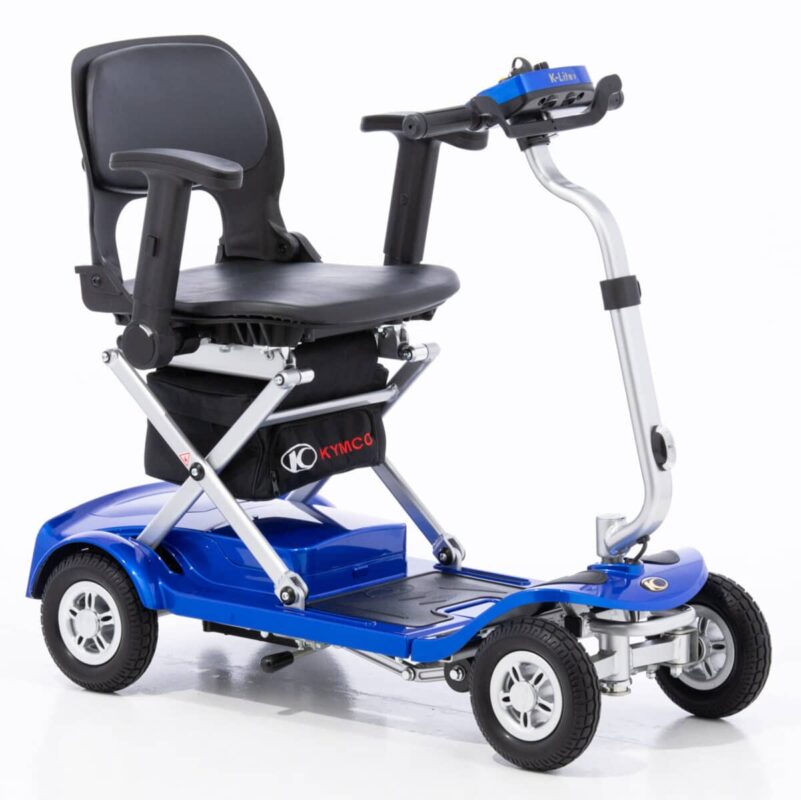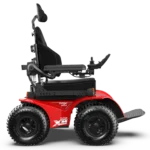Blog
Posture is Everything – Why I Do It

Beginnings
Why Me – at age 13 I became involved in the Riding for the Disabled Association – the world renowned RDA. I worked primarily on a Saturday and Wednesday, helping to look after Brandy and Eric (a huge retired Shire) and on Saturdays we took the residents of “Ridge Hill” riding for a few hours.
This set the early foundations for what would become by life’s work.
Why Posture
I have (and always have) a penchant for engineering – I love engineering, making solutions and making things that solve issues and make things better. When working with seating & positioning my engineering base works to my advantage and benefits the customer. Almost every day.
A motorbike accident introduced me to the world of disability in 1989. Fortunately for me I was just about repairable. It was a close call and as a result I had to spend a long time recovering. I learned to live with what would become a life-long issue of the after effects of a fractured neck and smashed knee.
The 9Q Approach
9 Questions…if we are lucky!
When meeting a client for the first time, the questions in my mind are:
- What do you want to achieve – what is the objective of this equipment/activity
- Why do you want to do it? Motive is a determining factor of how we produce the right solution
- Where do you want to achieve this goal? indoors? Outdoors? Urban? Rural?
- When do you want to do these things? This helps understand any additional influences, such as breakfast tables.
- Who will be involved in doing these activities? This helps us understand how other people will be involved
- How do you do it now? This helps to understand how they have coped so far
- Why are we here? Are we here to help accommodate or help rectify? Or some other reasons?
- Why is that happening now?…..e.g. what is happening with the midline? This is a simple cause & effect observation.
- What is the relationship of the foot to the pelvis and, the head to the pelvis?
- What hasn’t worked before?
- Why…..why…why.
Getting to and understanding why is the first step to understanding where to go with your thinking. The goal is to develop a usable and successful solution to a need.
A Recent Case – Mr. Progressive MS
Mr. Progressive Multiple Sclerosis, welcomed us to his home on a damp April morning. We discovered he had an aggressive lower leg twist resulting in painful adducting toes and an intermittent painful spasmodic “twitch”. His words – the “twitch from hell”.
Our immediate observations and questioning during conversation, led us to focus on posture.
The Situation
Mr. MS’s powered wheelchairs is a rear wheel drive, with centre mounted
joystick. It has a tension adjustable back, and two swing away lateral supports
one set high, one set low. The seat cushion is an air pressure relief cushion.
The powerchair has electric elevating legrests with large custom block foam
attachments. The armrests have socks slipped over the pads.
Laterals were offset one high, one low to push the curve back to mid line
direction. The old socks used on the arm pads as Mrs. MS could not tolerate
the plastic arm pads. The foam blocks on the electric elevating legrests were
there to alleviate pressure on the calf and prevent rotating at the ankles resulting
in feet impacting against the legrest mechanism.
Wheelchair Sitting
When in the wheelchair, an aggressive pelvic obliquity was causing him to lean heavily to the left. This was adding pressure to the already collapsing rib cage and resulting in extreme shortness of breath because of interference
with breathing. Digestion difficulties were prevalent additionally, due to the extra compression experienced in the lower abdomen, causing a reluctance to eat to try to prevent the effects of the digestion.
Sleeping Arrangements
Mr. MS was voluntarily bed bound and didn’t want to sit in his wheelchair due to the stress and pain experienced in moving from bed to wheelchair. In bed, Mr. MS was on a good hybrid dynamic mattress filled with air pockets.
Be Curious
Mr. MS had a “tea bag” pressure cushion but didn’t have a history of sores.
He had been assessed as at risk, so it was a fair choice. It happened that the
service that issued it hadn’t got anything that would do the job if Mr. MS
rejected a custom mould. They felt this was the best they could offer until
they found something else.
Mr. MS continued – “I had a body mould but I had it taken off after a
year” and he was issued with the cushion mentioned above help with the
pressure risk developed in the mould. Lateral supports were fitted to counteract
leaning. All very good products.
The result was that his body was relying entirely on the mechanical
properties of the seating system, adding in lateral supports as the client
leaned more and more, reducing the reliance on muscle tone therefore developing
a lack of strength in the core. Gravity was working against him and us and it
became clear that if we solved the cushion issue we may have a chance at the
other more complex issues.
Solutions!
We developed a theory together with Mr. MS, the personal care team, and community OT that the soft cushion was causing the issue.
We put together a new seating system made of:
- Modular seat cushion (nowadays I would use the FormAlign STX) to stabilise the obliquity
- A deep contour back cushion (We would now use a FormAlign Contour)
- Gel arm pad topper
We created a system that had no lateral supports, removing a source of pain. After a few days, Mr. MS had vastly improved digestion and oxygen saturation, meaning he was no longer constipated and had more energy.
Win Win What a Grin – review time
A few weeks on…Mr. MS had become well enough to be out of bed every day, and was eating well. We saw he had rosy cheeks, and was in his chair on the patio enjoying the sun – grinning at us as we came through the gate. I’ll take that any day of the week. If I could, I would do this work for free!






